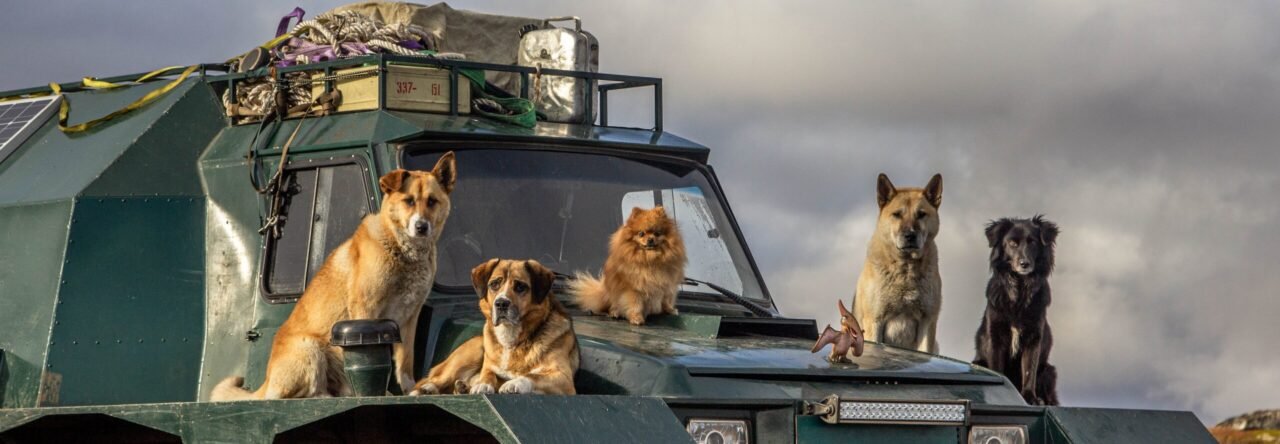Introduction
They say that a dog is a man’s best friend – and for many of us, that’s absolutely true. So, when you’re planning your next trip, why leave your furry friend behind? If the thought of flying with your dog seems overwhelming, or you’re not sure where to begin, then buckle up and read on as we will instruct you on how to travel with your dog on commercial airlines.
Understanding Airline Policies & Regulations
Cruising at 30,000 feet with your best friend nestled comfortably at your side may sound idyllic, but bear in mind that each airline has its own policies about traveling with pets. These are jetblue’s pet guidelines. Here’s what you need to consider:
The Breed of Your Dog
Some airlines restrict certain breeds due to health or safety concerns. Brachycephalic breeds – snub-nosed dogs like Bulldogs, Boxers, and Shih Tzus – often struggle with travel due to their breathing problems. Always check your chosen airline’s breed policies beforehand.
The Size of Your Dog
Depending on its size, a dog may need to travel in the cabin with you or in the cargo hold. Typically, small dogs that can fit comfortably in a carrier under the seat are allowed in the cabin. On the other hand, larger dogs must usually travel as checked baggage in temperature-controlled cargo areas.
Preparing a Pet Carrier
Not just any carrier will make the cut for airlines. The carrier should meet the International Air Transport Association (IATA) standards. Here are some essential features your carrier should have:
- Adequate ventilation
- Secure fasteners
- No wheels
- Enough space for your dog to stand, sit, turn, and lie down
“Remember to label the carrier with your contact information and flight details.”
Taking Care of Your Dog’s Health Before the Flight
Traveling can be a stressful experience, and this applies to dogs as well. Here’s how you can ensure the health of your dog before and during the flight:
Veterinarian Check-Up
Airlines require a health certificate from a veterinarian. It’s also a good opportunity to discuss your travel plans with the vet. Bring in your carrier during this visit for the vet to inspect it and deem it safe and appropriate for your dog.
Exercise Before the Flight
A tired dog is a good dog, especially on a flight. Exercise your dog well before the flight to tire them out – it will make them more comfortable during the trip.
Food and Water
Fulfill your dog’s regular nutrient needs, but avoid feeding them for 4-6 hours before the flight to prevent possible nausea. Hydrating the dog is still crucial – provide small amounts of water regularly.
Ensuring Your Dog’s Comfort and Safety During the Flight
Understanding how you can make the flight easier for your dog is essential. Here are some suggestions:
Pack the Essentials
Along with the necessities, pack a favorite toy or blanket in the carrier to provide a sense of familiarity. Don’t forget to attach a travel label to the carrier with your details.
Check-in Early
Arrive early at the airport to give you and your dog some additional time to relax and prepare for the flight.
Keep Calm
Your pet can sense your emotions. If you stay calm, it will help your pet remain calm.
Conclusion
Air travel with your canine friend doesn’t have to be overwhelming. Through careful preparation, understanding the airline’s rules, and prioritizing your dog’s comfort, your furry friend can be your perfect travel companion in the clouds. So, next time you plan a trip, don’t fret – as with everything else in life, your beloved pooch might just be the cherry on top!
“Taking to the skies with your best friend is not just possible, but can also be a fun and rewarding experience.”
Whether you’re traveling for a vacation, moving to a new home, or taking an extended trip, there’s no reason to leave your best friend behind. Have a safe and enjoyable flight with your loyal companion!


Leave a Reply